Description
NAD⁺ stands for Nicotinamide Adenine Dinucleotide — a coenzyme found in every living cell.
Key facts
- Role in the body:
- Essential for converting nutrients into cellular energy (ATP) through metabolic pathways like the Krebs cycle and oxidative phosphorylation
- Acts as an electron carrier, switching between NAD⁺ (oxidized form) and NADH (reduced form)
- Serves as a substrate for enzymes involved in DNA repair, gene expression, and cell survival (such as sirtuins and PARPs)
- Natural presence: Found in all human cells, but levels decline with age
- Forms: NAD⁺ (oxidized) and NADH (reduced) — the two forms continuously cycle in energy metabolism
Functions
- Energy metabolism – Helps turn carbohydrates, fats, and proteins into usable energy (ATP)
- Cell repair – Provides fuel for DNA repair enzymes
- Gene regulation – Activates sirtuins, which influence aging and stress resistance
- Neuroprotection – Supports healthy brain function and may protect neurons
Supplement & therapy context
- NAD⁺ precursors like NMN (nicotinamide mononucleotide) and NR (nicotinamide riboside) are used to boost NAD⁺ levels
- IV NAD⁺ therapy is promoted (though with mixed scientific support) for anti-aging, energy, and mental clarity
- Sports & recovery: Claimed to support endurance and recovery, but evidence is still limited
Reconstitution
- Supplies needed
- 500 mg NAD⁺ powder vial
- Sterile water for injection (SWFI) or 0.9% sodium chloride (NaCl)
- Alcohol swabs
- Sterile syringe & needle
- Steps
- Wipe vial stopper with alcohol swab
- Draw 5 mL sterile diluent into syringe
- Slowly inject diluent into vial
- Gently swirl until fully dissolved (avoid shaking hard — NAD⁺ is delicate)
Result: Final concentration = 100 mg/mL
NAD⁺ Powder in Vial (Lyophilized Form) Over Solution form
- Stability: Much more stable — can be stored for months (often 12–24 months) if kept in a cool, dark place
- Shelf life after reconstitution: Typically 5–7 days refrigerated (sometimes less, as NAD⁺ is delicate in solution)
- Preparation needed: Must be reconstituted with sterile water or 0.9% NaCl before injection or IV use
Administration – Example IV Infusion
- Step 1: Withdraw desired dose (e.g., 250 mg = 2.5 mL) from reconstituted vial
- Step 2: Dilute in 100–250 mL 0.9% NaCl for infusion
- Step 3: Infuse slowly over 30–90 minutes
- Step 4: Monitor for flushing, nausea, headache — slow the infusion rate if needed
Administration – Example IM Injection
- Typical IM dose: 100–200 mg (1–2 mL from reconstituted vial)
- Inject into large muscle (e.g., glute or thigh)
- Rotate injection sites to reduce irritation
Storage
- Store unopened vials in a cool, dark place
- Reconstituted solution: Refrigerate (2–8 °C) and use within 7 days for best stability





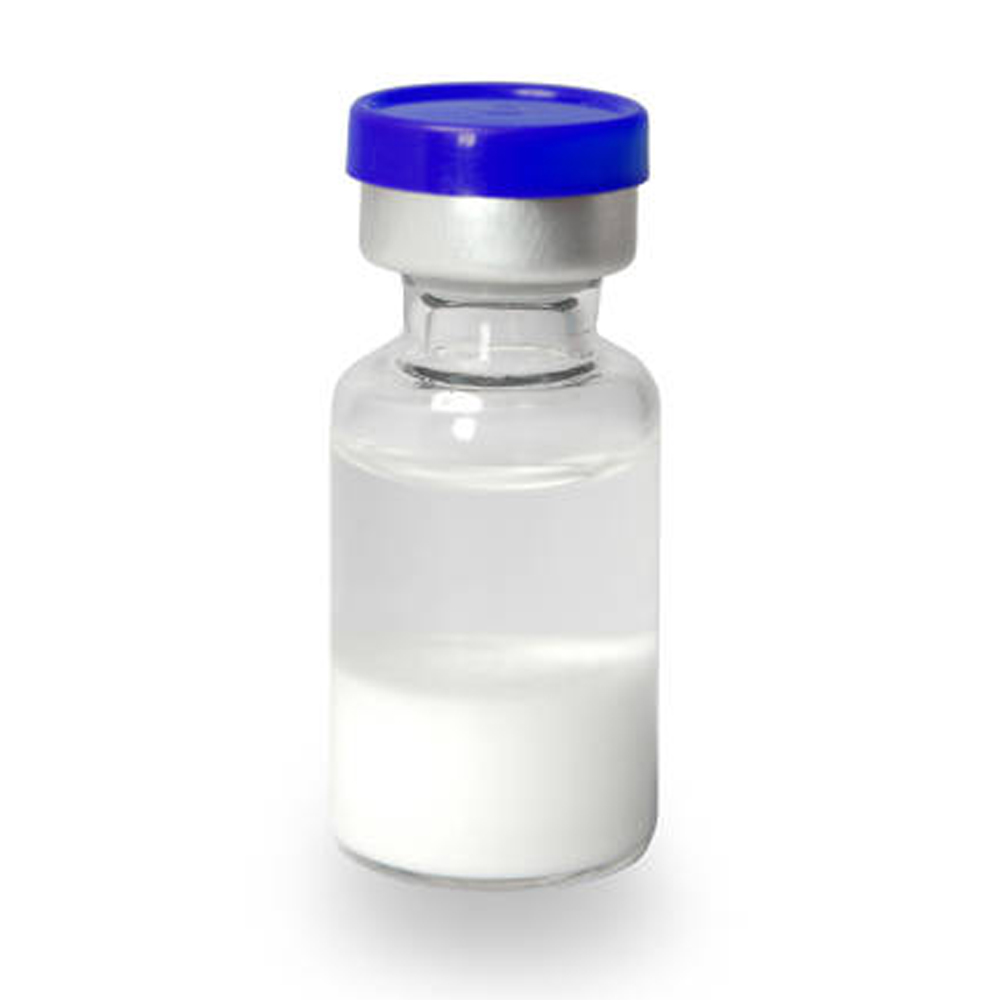
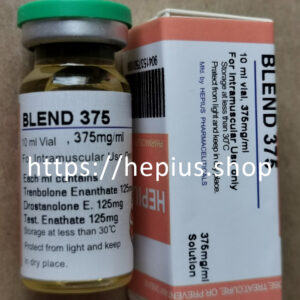
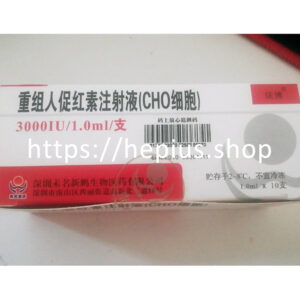
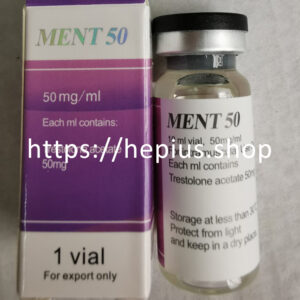
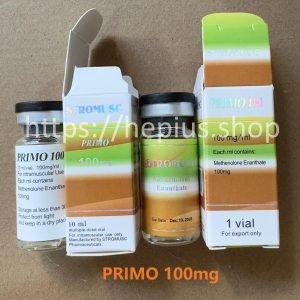
Reviews
There are no reviews yet.